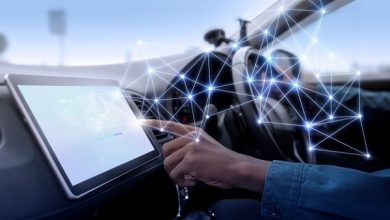How to be a great dealership in the nearest future
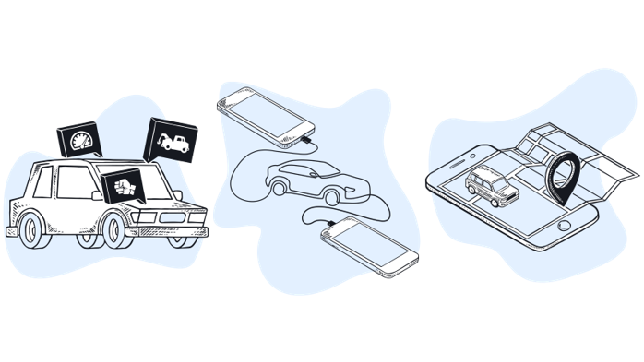
Let’s imagine a really bad dealership. How would you recognize it? Well, first of all, this dealership annoys customers. It annoys customers by letting them wait in queues for hours before receiving any attention, by aggressively advertising their services online and offline because they don’t want anyone to forget their existence, and then by providing no valuable customer service for those who open their hearts and wallets. Such a dealership’s process for buying a car is exhausting and involves up to five different employees, three different software packages, and a dozen phone calls. Finally, the price is never transparent and always inexplicably high.
That doesn’t sound appealing, does it? But let’s imagine that’s how life is anyway and, even worse, that every nearby dealer is the same. In fact, various studies have shown that this is exactly how life is. According to research by Cox Automotive, only 36% of customers are very satisfied with their dealership, and around 90% of dealers agree that they need to improve their services in order to survive. Thus, at some point, they start trying to think of new ways to sell and service cars and to melt hearts. There is no need to ask why they need to do this, so let’s face a more important question: how do they do this?
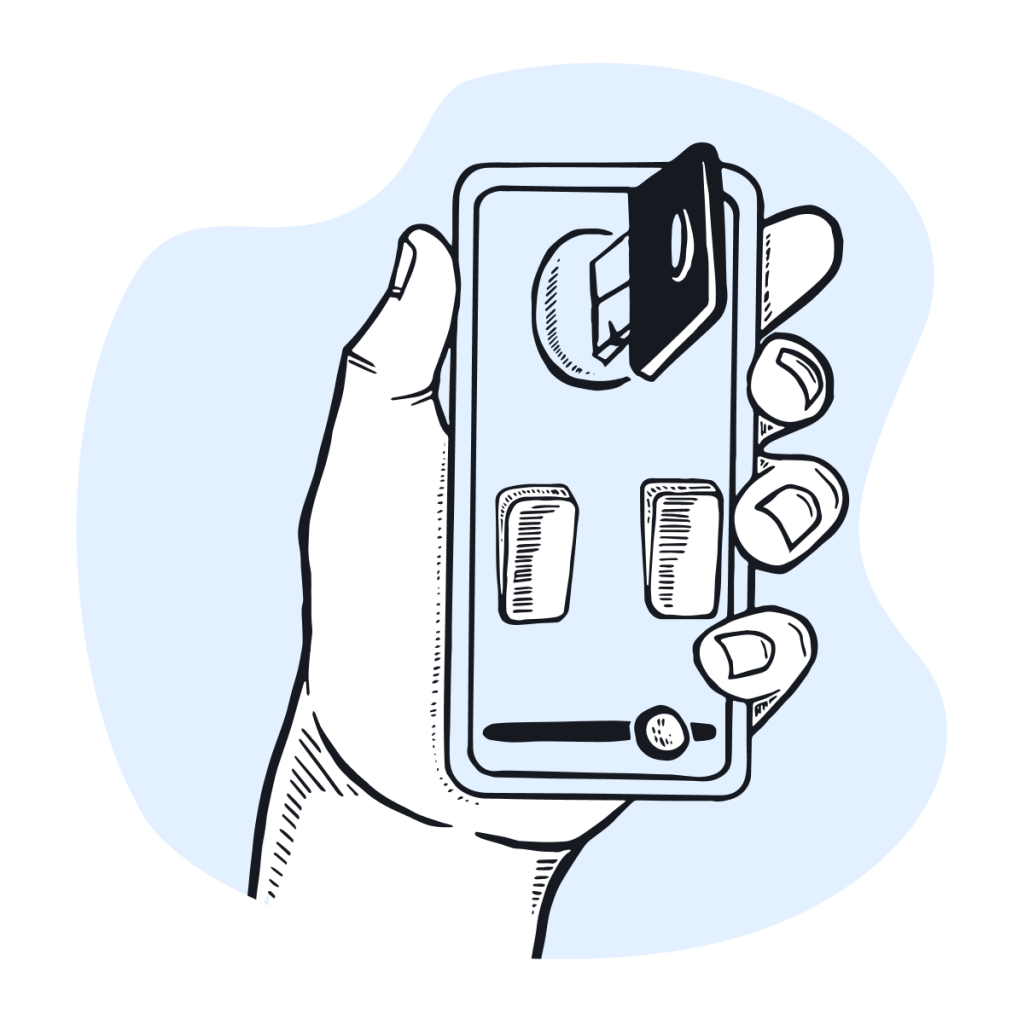
It’s 2021, so the first thing that springs to mind is digitalization. Most businesses are already going through a digital transformation, and digitalization is the immediate, essential future of the automotive industry as well. Nothing should stop us from going online and accessing services remotely, whether talking about requesting a test drive, finding maintenance, or buying a new car. “Well, ok,” one might say, “digital, internet, online. I get it. But how, exactly?” Industrial practice has clearly shown that it’s not as important what kind of tools you use or how you use them as much as what, exactly, you do with them.
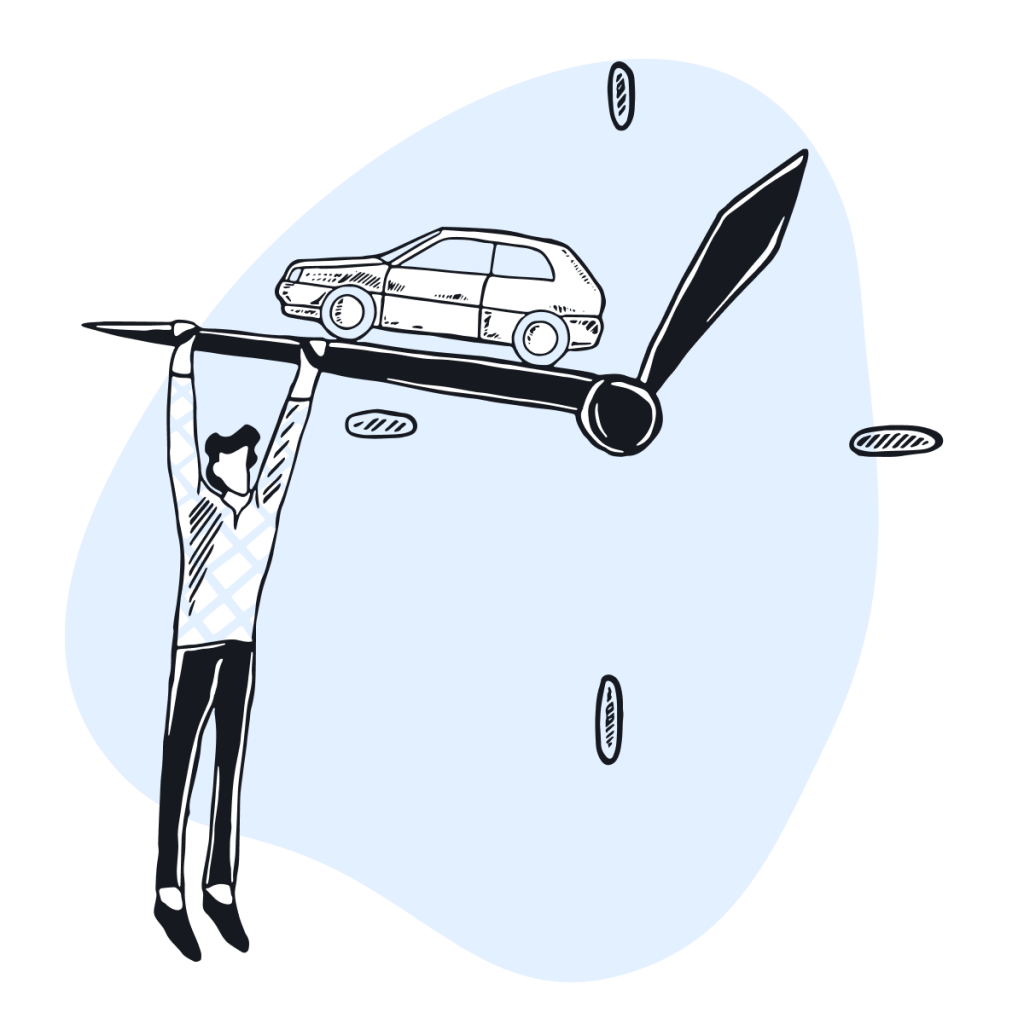
The question of how to be a good dealership in the near future is the main subject I will address. The main idea is that we need to go online to provide customers with simple, yet effective, self-service tools and an improved customer experience. So, let’s come up with a checklist of things that great dealerships could offer.
Customer view
Before we start, it is important to take a look at the modern customer – the person who wants to buy a car, needs maintenance, or simply wishes to take the car of his dreams for a test drive. Who is this person, and what does he (or she or they) want?
The answer is simple and corresponds to current realities, including the worldwide pandemic, economic performance, and global digitalization. You probably find yourself wanting the same things, as we all take the role of customer several times a day, and that’s why it is simple and understandable. With that in mind, let us answer the question:
The customer wants services to be
- Fast. Customers want it as fast as possible. For example, the customer doesn’t want to wait in a queue for the car to become available for a test drive. Instead, we can let him choose online a convenient time to visit the dealership.
- Simple to use. Customers don’t want to spend their time on extra research, so why not provide them with an interactive knowledge-base or ready-to-use comparative reports?
- Transparent. Customers want to know what is happening and why. For instance, the customer could make use of an automatically generated report on the test drive he just enjoyed, explaining every aspect of the car’s advantages and features.
- With minimum human contact. Customers don’t want to have multiple, unnecessary calls about scheduling an appointment for a test drive or maintenance. Even if needed, such conversations should be short and effective. Let them test drive, choose, and buy their cars on their own, while encouraging them to see you as an expert assistant.
Isn’t all that obvious? Yes, it is; this is basically what customers have wanted for years, and it is what they still want, although the desired amount of human contact may have reduced due to the new pandemic reality. Considering this portrait of a customer, let’s now move on to trying to satisfy those needs when it comes to services related to cars.
Selling a car
“Service and acquisition take the most energy from consumers,” claims another Cox Automotive study, and they couldn’t be more right. Buying a car always involves the exhausting experience of research, followed by waiting for the car to be delivered, which can take several months. Customers are forced to complete many levels in this game. Why not make it simpler?
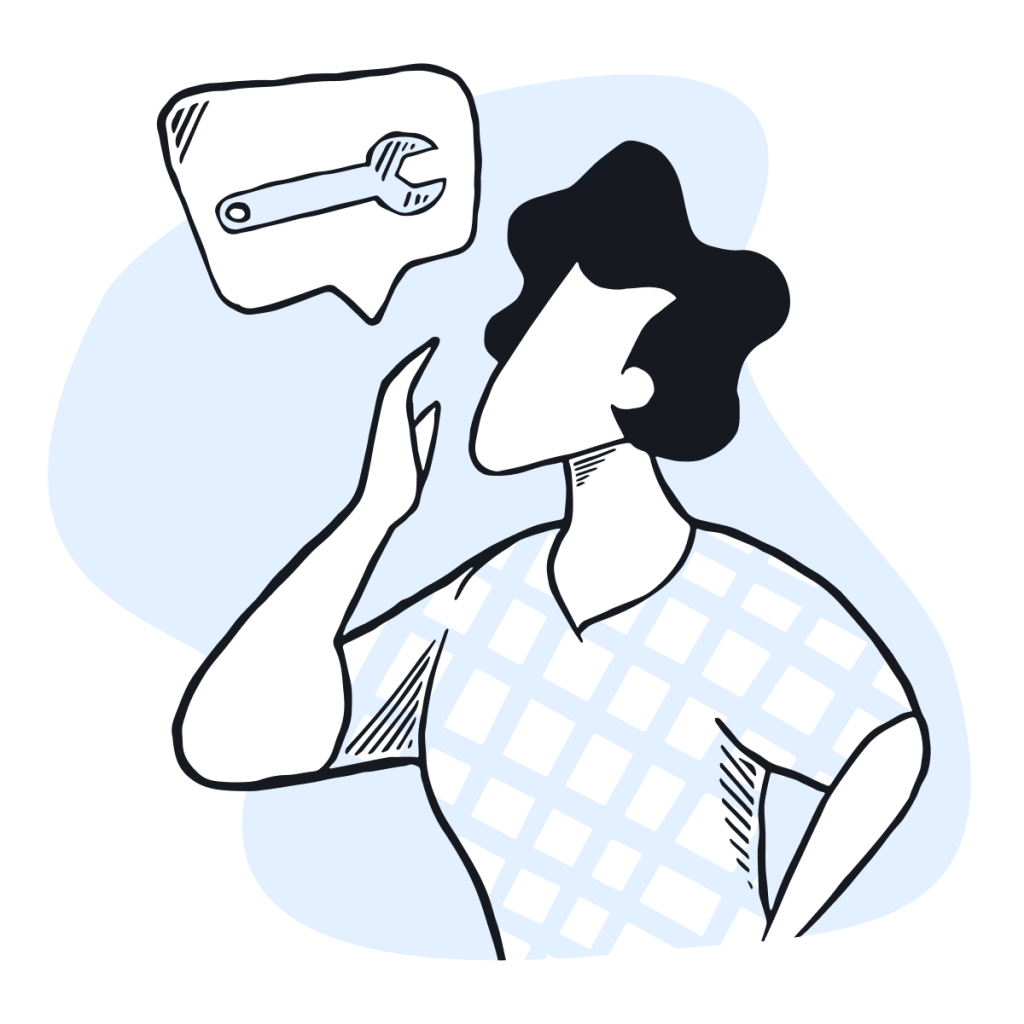
We buy things every day, and we all already know how things are done in sales. You advertise, you exchange goods for money, and you advertise again. The same works well for selling both coffee and cars, but let’s take a look at the exchange itself, keeping in mind our own needs as customers. I, personally, would prefer to get my espresso at the very time and place at which I feel the need for caffeine, with minimum steps and minimum contact with other people. Zero effort would be best – and please make me smile, too.
Buying a car is more complicated, but only a little, and the case of Tesla is a prime example. Simply put, you can get your new Tesla parked outside your window several days after you decide to buy, without leaving home, and this takes a countably low number of clicks on your smartphone. Isn’t that brilliant? It’s fast, it’s simple, and you don’t even need to put on a pair of shoes.
But we can go even further. We can tell the customer what is happening with the car from the moment it leaves the factory to the moment it appears at his front door. The cost of tracking the car’s location is only a dime, yet it makes the customer smile and makes the process more transparent.
In fact, any steps taken toward simplicity and transparency of the purchase process will allow the valuable time of the dealership’s employees to be saved and trustful relationships to be built with customers. For the record, here’s another insightful finding from Cox Automotive: “62% of consumers want a relationship with their dealer that extends beyond a simple transaction.”
Test drives
The test drive is the key touchpoint in the process of buying a car. Nothing is more decisive than the connection between the potential owner and the car that emerges during the test drive. The figures are compelling: Autotrader’s Car Buyer of the Future study shows that 88% of customers would not buy a car without test driving it first, yet 81% of customers would prefer a different test drive experience to the traditional one in which sales talk is prevalent. The findings clearly demonstrate that, in order to boost sales, test drives need to be tuned up with a view to the customer’s needs.
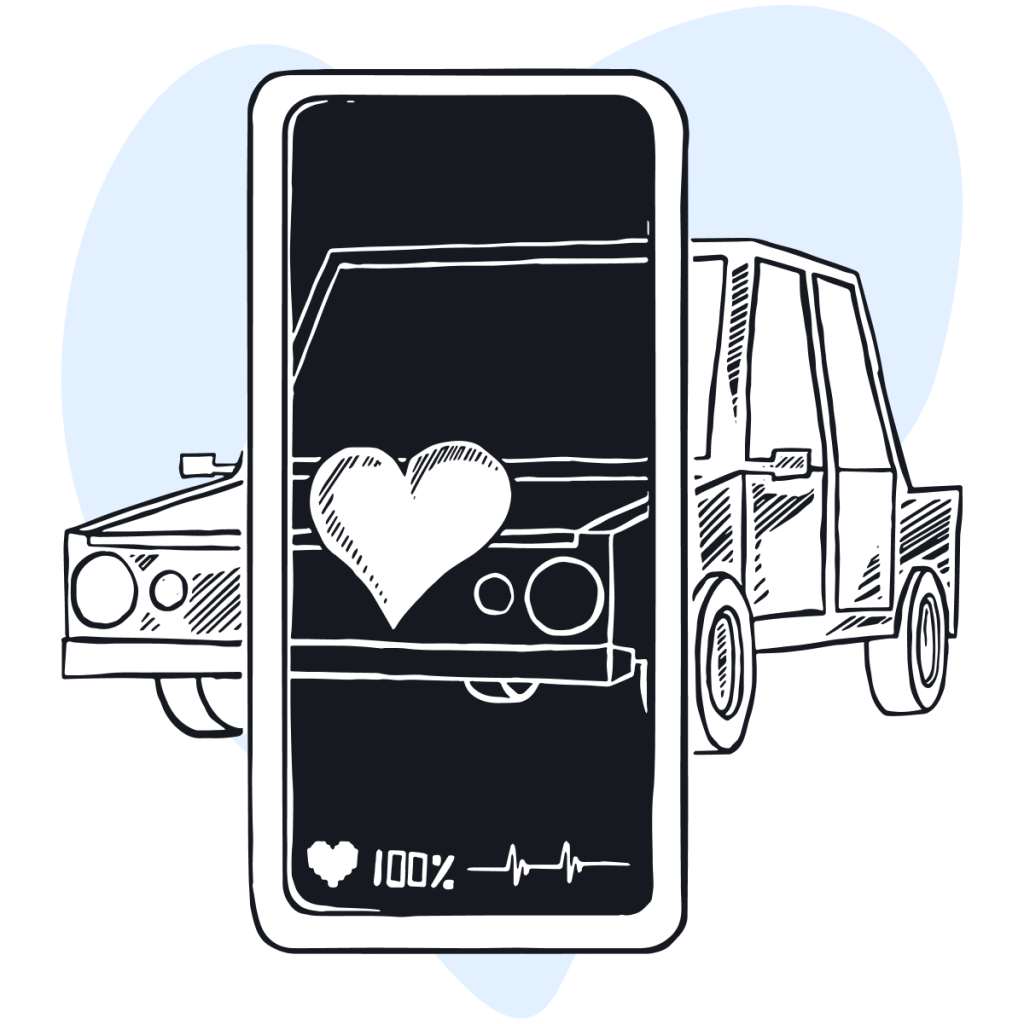
First of all, let’s consider the time spent on test drives, keeping in mind the basic customer needs that we mentioned. Customers tend to want to spend more time with the car on their own, and dealers would benefit from spending less time on sales pitching, preparing the cars for test drives, and accompanying drivers. There are many ways to tackle this time-balancing problem, such as building a system of fully automated test drives.
Imagine a fleet of test drive cars that continuously report all the essential information about their state, location, and critical indicators directly to the dealer’s internal systems. This model would cover some of the basic requirements of the process; customers can easily perform the test drive themselves with peace of mind, which translates into mental ownership. Salespeople, in turn, can spend less time preparing the cars by simply using remote monitoring tools. Moreover, since every acceleration and turn on a route is easy to track online, the need to keep an eye on the process in person will be eliminated. The customer could thus enjoy an individual test drive experience with zero contact from the dealership and with a feeling of already owning the car.
This solution would require investments in research, technical solutions, stable infrastructure, and so on. Nevertheless, some ready-to-go solutions already exist, and we at Bright Box would strongly recommend implementing them with appropriate customizations, rather than reinventing the wheel from scratch.
Another thing to consider is giving customers the tools to manage their time with regard to visiting dealerships. In fact, not only test drives could be automated with the help of online schedules and CRMs, but literally anything for which the dealership can plan and manage available time slots for personal service. Plan your schedule, make it simple to create a request for a specific time, and remove the wasteful expenditure of your employees’ valuable time on scheduling. Customers, along with the available online tools, could not be more ready for such changes.
And more
How can you reduce the time spent on sales? What technical tools can be used to make cars communicate with your systems? How can you make processes paperless? How can you use analytical tools for effective stock management, promotions, and sales? What are the best practices in the connected car industry? If any of these questions catch your attention, address them to those who can give you the tools to make your business a part of the connected car world.
If you have a friend who is asking where to find the tools and professionals to help her become a great dealership, tell her to start at Bright Box. We know everything about the industry in general and about individual makes and models in particular. We know the technologies, and we have the skills. We have experience in building various systems, portals, and mobile applications to help our clients, no matter whether they are OEMs or dealerships wanting to improve their processes, enhance customer service, and boost sales.
Author:

Nadezhda Panchenko
Lead Product Analyst
Bright Box
Nadezhda Panchenko is a successful business and product analyst with over 7 years of demonstrated expertise. She started her career as a Business Analyst at BearingPoint, an independent consulting firm with European roots and global reach. Before Bright Box, she worked as Senior Business Analyst at the global leader in cybersecurity – Kaspersky.
Published in Telematics Wire

